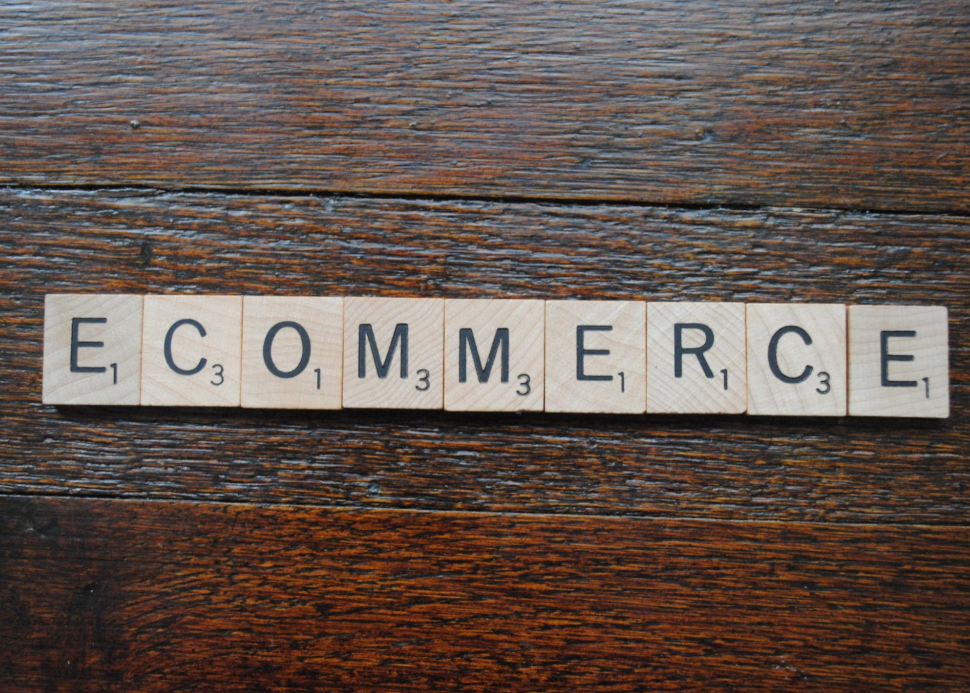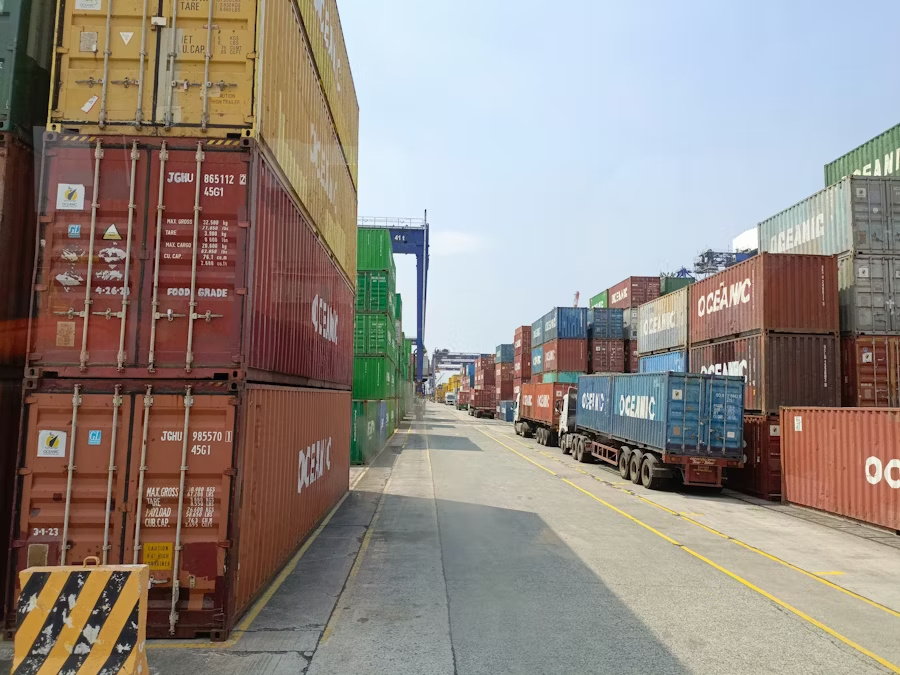E-Commerce Business Opportunities: Selling Tech, Trading Goods, and Shipping Globally

Ecommerce is the online buying and selling of goods and services through websites and apps. It has grown rapidly, with sales expected to surpass $6 trillion by 2026. Since its start in 1994, ecommerce has transformed how people connect with businesses.
It includes online retail, subscriptions, and digital downloads. A major advantage is global reach—businesses can connect with customers worldwide without needing a physical store. Mobile commerce plays a big role, with many shoppers using phones to make purchases.
As internet access expands and tech evolves, ecommerce keeps changing. To stay competitive, businesses must adapt—using smart marketing, smooth logistics, and strong customer support. The potential in ecommerce is vast for those ready to grow with it.
Exploring Profitable Tech Segments in E-Commerce
The tech industry is undoubtedly one of the strongest performers in the e-commerce world. From smartphones to gaming laptops, high-demand gadgets and devices are at the forefront of online retail success. Latin America is expected to experience a 22% growth in e-commerce sales from 2023 to 2026, driven by a growing middle class and increased disposable income. Similarly, the Philippines boasts the fastest-growing e-commerce market globally, with a projected growth rate of 24.1% in 2023 due to a tech-savvy population and government initiatives supporting digital commerce.
Consumers increasingly rely on online research and reviews before making tech purchases, opening doors for content-driven commerce. This trend is particularly evident in the realm of gaming laptops, where both individual consumers and gaming professionals seek out detailed product information and reviews in recent years. Brands like Razer, known for their high-performance gaming laptops, benefit from this shift as consumers look for trusted names and in-depth specs. The integration of shopping features on social media platforms like TikTok and Instagram further amplifies the impact of social commerce, which is projected to see a compound annual growth rate (CAGR) of 30%, with many examples highlighting this shift.
Key points about the global B2C e-commerce market include:
- Expected growth to $9 trillion by 2032
- Annual growth rate of around 7% from 2024 to 2027
- 47% of retailers focus on profitability as a key driver for improving operating margins
- For aspiring e-commerce entrepreneurs, finding the right niche and leveraging online content can lead to substantial profits.
Capitalizing on Mobile Devices and Trade-In Models

The mobile trade-in model has gained massive traction, particularly in regions like Europe, where over 40% of customers now participate in such programs. Platforms like M1 enable consumers to exchange their old devices for discounts, which boosts engagement and brand loyalty.
Mobile commerce is expected to account for more than half of all e-commerce transactions by 2025, so businesses must:
- Incorporate mobile payment options such as Apple Pay and Google Wallet
- Ensure user-friendly mobile interfaces
- Integrate trade-in functionalities or partner with providers to support this process
Additionally, refurbishing and reselling phones aligns with consumer interest in sustainability. Trade-in models reduce cost barriers, expand access to new tech, and fulfill eco-conscious shopping behaviors.
Luxury and Collectible Markets in Online Retail
The luxury resale and collectible markets are experiencing rapid online growth. Platforms like Net-a-Porter and JamesEdition offer curated experiences for consumers seeking high-end fashion, cars, and yachts. One notable example is the strong online demand for Tudor watches at Kee Hing Hung—a brand known for its craftsmanship and enduring style.
One of the key aspects of selling high-ticket luxury goods online is the importance of authentication and trust-building. Consumers need to feel confident that they are purchasing genuine items, especially when it comes to luxury timepieces like Tudor watches. Platforms that offer authentication services and detailed product descriptions can build this trust and attract discerning buyers.
The role of curated selections and independent brands cannot be overlooked. Platforms like Farfetch connect luxury boutiques with consumers, bridging the gap between physical retail and online sales. Wolf & Badger emphasizes independent and sustainable brands, appealing to customers interested in ethical luxury products. This approach not only enhances the customer experience but also supports smaller, independent brands.
Opportunities in Precious Metals and Investment Goods
Precious metals—particularly gold—are increasingly being purchased online. Offering up-to-date market data, such as the gold price in SGD, can help attract both casual buyers and serious investors. Key points include:
- E-commerce platforms tailored for precious metals can facilitate inventory management and order processing for sellers.
- This is particularly appealing to buyers looking for personal investments or gifts.
- Offering ACH payment options can enhance transaction efficiency and reduce processing costs for precious metals purchases, ultimately saving money.
Shipping insurance and clear product listings are essential for high-value items, building customer trust. Partnering with reliable coin suppliers helps ensure quality and simplify sourcing and fulfillment.
To succeed, platforms should provide educational content, offer secure and transparent pricing, and support flexible payment options—including offline methods. These strategies help attract more buyers and build lasting credibility.
Scaling Across Borders with Efficient Global Shipping

Expanding a small business to international markets comes with its challenges, but the rewards can be immense. Cross-border e-commerce involves the sale of goods or services online across international boundaries, necessitating efficient logistics and compliance with different regulations in each country. Solutions like DHL simplify this process by offering international logistics, customs clearance, and fast delivery options. Creating localization is crucial for success, requiring businesses to adapt their online presence to fit the cultural and linguistic preferences of various international markets.
Using third-party logistics providers can help manage international shipping services effectively and ensure timely delivery of ships and shipment. Key strategies include:
- Establishing partnerships with local logistics providers to manage international shipping effectively and ensure timely delivery.
- Monitoring compliance with local tax laws and import/export regulations to avoid legal pitfalls in cross-border e-commerce.
- Implementing technology such as scalable e-commerce platforms to facilitate multi-currency, multi-language, and multi-region functionalities, enhancing cross-border operations.
Use analytics to identify high-potential markets and fine-tune your offerings. Localization—adapting your site for different cultures and languages—is essential for conversion success.
Conclusion
E-commerce offers vast opportunities for those ready to innovate. Whether selling tech gadgets, luxury goods, or precious metals, success often lies in choosing niche products that match market demand and personal expertise. E-commerce has transformed how businesses connect with customers and scale globally.
Lower operating costs give businesses more room to invest in growth. New models like subscriptions, online courses, and direct-to-consumer sales are gaining traction. Staying current with trends is essential to meet customer expectations and stay competitive.
With the right strategy, even small businesses can thrive online. Strong logistics, effective marketing, and customer insight are key to long-term success. Staying informed, flexible, and focused leads to real growth in the e-commerce space.
Frequently Asked Questions
What are some profitable tech segments in e-commerce?
Profitable tech segments in e-commerce are high-demand gadgets like gaming laptops and smartphones, alongside rising trends in social commerce and content-driven platforms. These areas leverage consumer research and reviews, making them crucial for driving online sales.
How can e-commerce businesses capitalize on the mobile trade-in model?
E-commerce businesses can effectively leverage the mobile trade-in model by integrating trade-in options on their platforms or partnering with service providers, offering discounts for old devices. This not only boosts customer engagement and loyalty but also taps into the increasing demand for sustainable practices in technology.
What are the key factors for success in the luxury and collectible markets online?
Success in the luxury and collectible markets online hinges on authentication and trust, curated product selections, and upholding high standards. Prioritizing these factors allows platforms to build credibility and appeal to discerning buyers.
How can e-commerce businesses attract buyers looking to invest in precious metals?
E-commerce businesses can effectively attract buyers in the precious metals sector by offering educational resources, secure payment options, and transparent pricing. Ensuring efficient transactions through product insurance and partnerships with reputable suppliers will further build customer trust and confidence.
What are some tips for scaling an e-commerce business globally?
To successfully scale an e-commerce business globally, focus on partnering with third-party logistics providers, ensuring compliance with international customs and local tax laws, and enhancing customer experience through multi-currency pricing and region-specific promotions. By implementing these strategies, you can boost sales and maintain a competitive edge in diverse markets.
.jpg)

.jpeg)